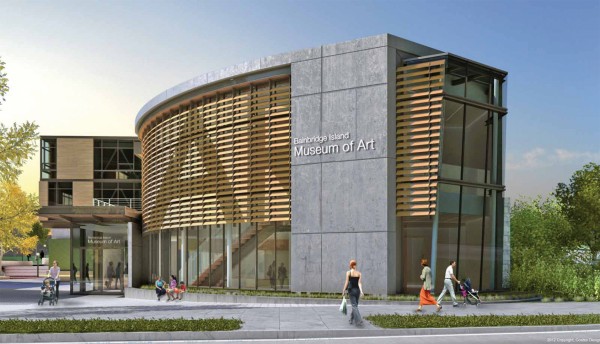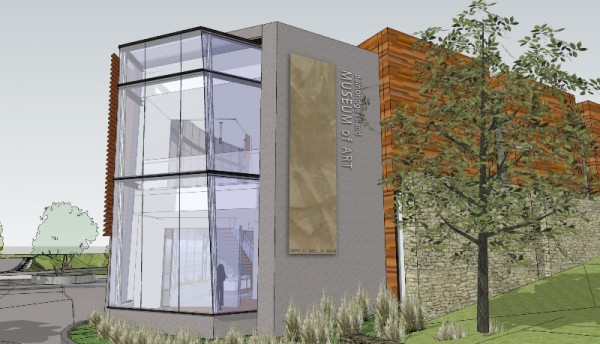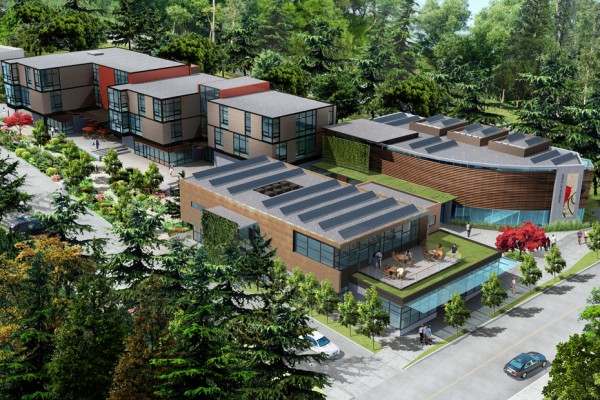By their very nature, art museums are tightly controlled environments. To preserve the fragile and precious artifacts inside, the temperature, humidity and amount of direct sunlight must be kept within strict tolerances at all times, even after hours. Because of these requirements, it’s rare for museums to be energy efficient compared to other green buildings of their size.
So, when the nearly completed Bainbridge Island Museum of Art (BIMA), near Seattle, announced recently that it had achieved LEED Gold status for its many energy conservation systems, the rest of the art world took notice that it is possible to be a steward of both the arts and the environment at the same time.

Located a half-hour ferry ride across Puget Sound from downtown Seattle, BIMA is scheduled to open its doors on June 14, featuring a collection of mostly locally produced art works from the Puget Sound region, as well as other traveling exhibits from around the United States.
The designer, Coates Design Architects, incorporated a number of sustainable aspects into the museum, including a geothermal energy system to heat and cool the building, solar panels to generate electricity, recycled building materials whenever possible, low-flow plumbing fixtures and a green roof to help absorb and reuse the abundant rainfall of the Pacific Northwest.

On the south side of the building, Coates also included a sweeping 28-foot-tall wall of curved glass, allowing for striking views of the interior. To protect the art hanging inside from potential sun damage and solar gain, the glass wall is hugged by an array of horizontal wooden louvers that can automatically open and close depending on the angle of the sun. In the gallery spaces, natural daylight is provided by three skylights on the the upper floor. This light is scattered by curved baffles underneath the skylights, which create an even, diffused glow throughout the interior.

BIMA will be the anchor tenant of the Island Gateway project, a group of high-end, mixed-use buildings, also designed by Coates. The curved façade of BIMA will act as an entrance to an open plaza between the museum and the other Island Gateway buildings, which are within easy walking distance from the island’s ferry terminal.